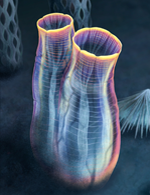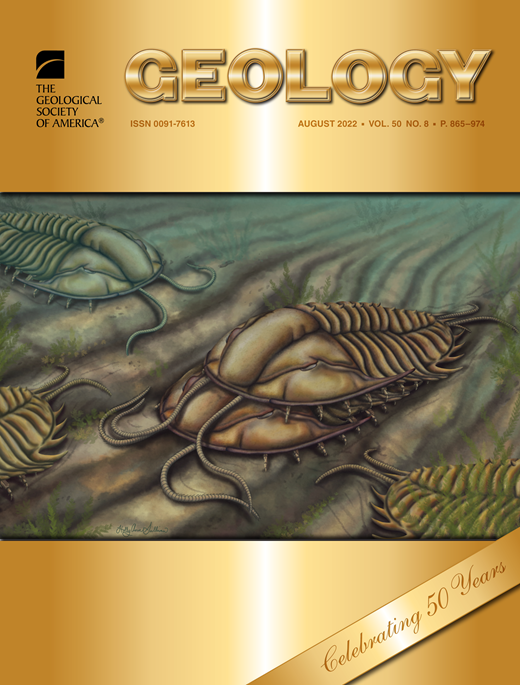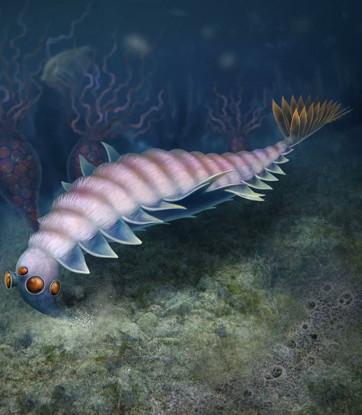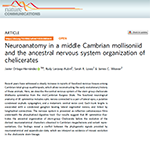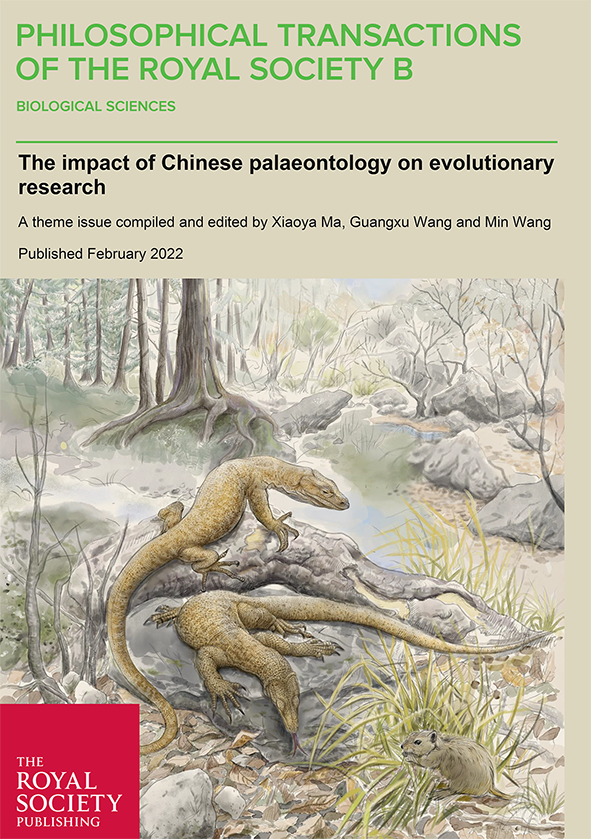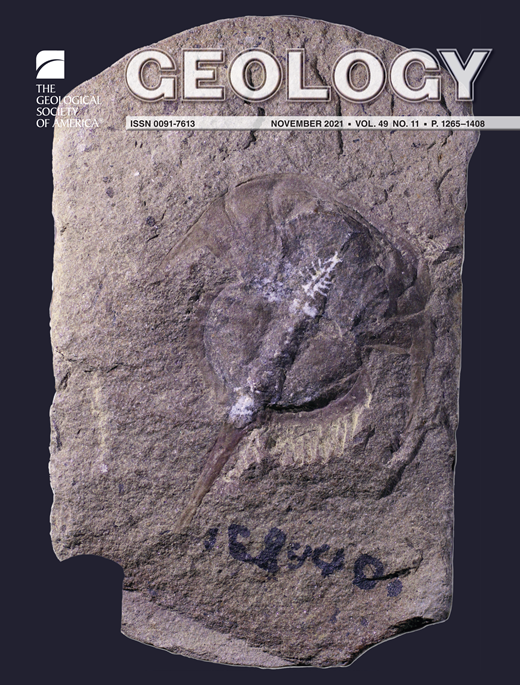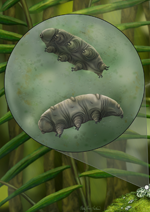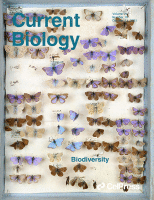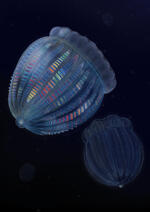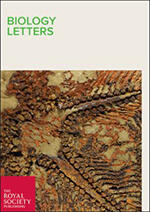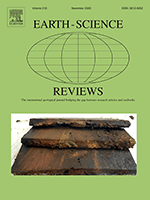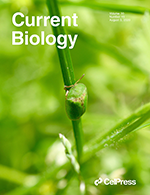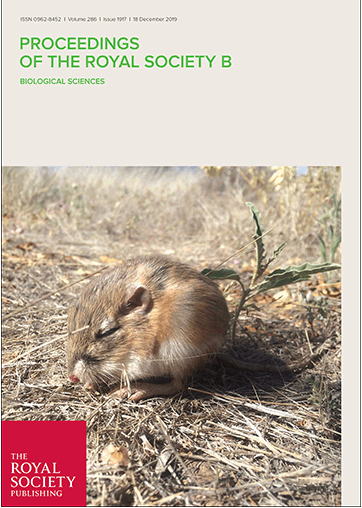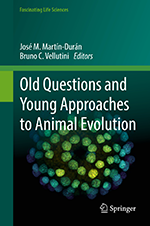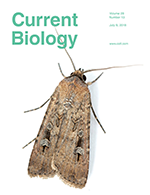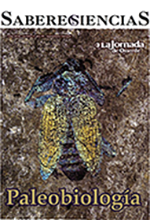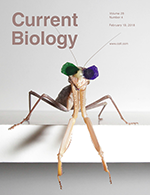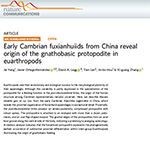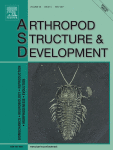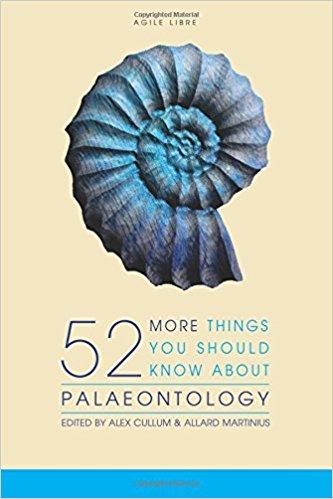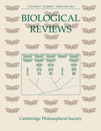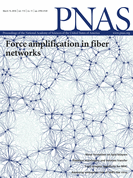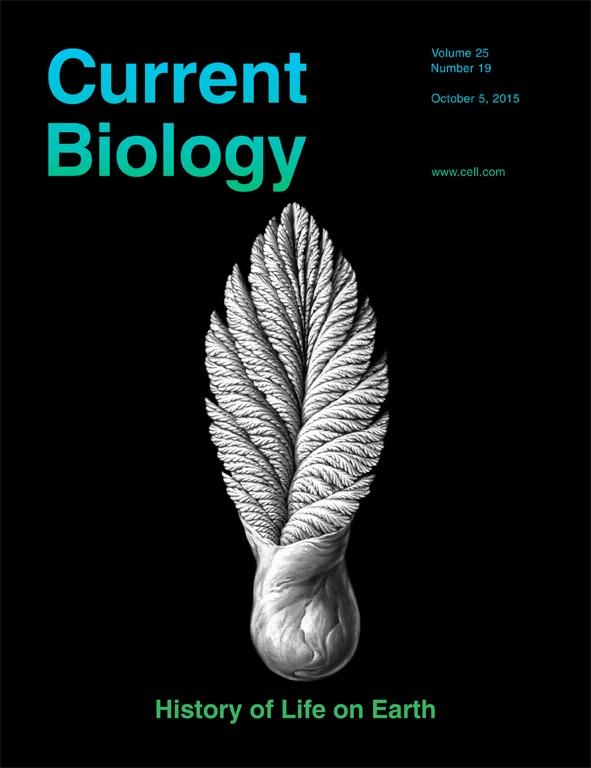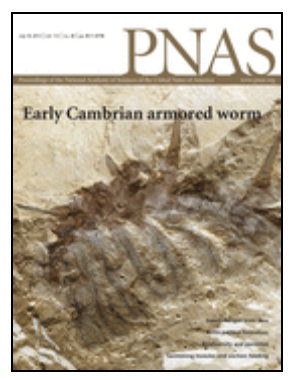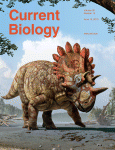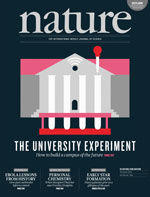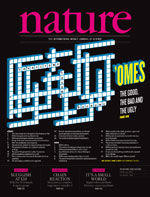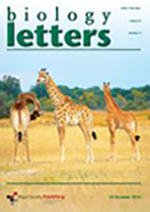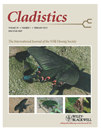Citation:
Abstract:
Background
The Chengjiang biota is one of the most species-rich Cambrian Konservat-Lagerstätten, and preserves a community dominated by non-biomineralized euarthropods. However, several Chengjiang euarthropods have an unfamiliar morphology, are extremely rare, or incompletely preserved.
Results
We employed micro-computed tomography to restudy the enigmatic euarthropod Jianshania furcatus. We reveal new morphological details, and demonstrate that the specimens assigned to this species represent two different taxa. The holotype of J. furcatus features a head shield with paired anterolateral notches, stalked lateral eyes, and an articulated tailspine with a bifurcate termination. The other specimen is formally redescribed as Xiaocaris luoi gen. et sp. nov., and is characterized by stalked eyes connected to an anterior sclerite, a subtrapezoidal head shield covering three small segments with reduced tergites, a trunk with 15 overlapping tergites with a well-developed dorsal keel, and paired tail flukes.
Conclusions
The presence of antennae, biramous appendages with endopods composed of 15 articles, and multiple appendage pairs associated with the trunk tergites identify X. luoi nov. as a representative of Fuxianhuiida, an early branching group of stem-group euarthropods endemic to the early Cambrian of Southwest China. X. luoi nov. represents the fifth fuxianhuiid species described from the Chengjiang biota, and its functional morphology illuminates the ecological diversity of this important clade for understanding the early evolutionary history of euarthropods.

